The existing woodwork above ground level has had photographic targets attached, showing that it was probably surveyed some time previously. The only publication referring to it I could find online was a short article in the free advertising newspaper, Tyne Valley Express, in 2011.
They established that unlike the wherries, this vessel was carvel-built, and is the wreck of a Steam Drifter, a type of fishing boat in common use around the turn of the 19th and 20th centuries, often fishing for herring. Many were based at North Shields.
'Lydia Eva', built in Kings Lynn Shipyard in 1930 with a steel hull, was preserved and is now a floating museum in Great Yarmouth. She is the last surviving Steam Drifter of the formerly huge Great Yarmouth herring fleet.
Two correspondents mentioned a steam drifter called The Sheila, although one of them said that this was located on the north bank of the river before it broke up, so this name is far from certain.
A Memory of Newburn posted by Jimmy Burrows on the Francis Frith recalls the popularity of Ryton Willows for outings:
It was about 1957 and before, when the Willows was a place to picnic on a Saturday and Sunday afternoons. It was a very popular place, with the Shuggy boats and the river to play in, and there were houseboats galore tied up on the bank side. Rumour has it that there was a brothel on one of these boats.
In years gone by there were ice games on the pond there, but I can't recall this, but what I do recall was when Tommy Watt and his friend, who were both at school, took a houseboat for a joy ride and sailed it down the river. They were nearly at sea before the river bobbies caught them. They were on the front page in the local paper with reports about the two 'pirates' in one way or another and making great fun of the situation.
The old derelict timbers structures on the bank opposite the Boathouse pub are almost gone now, but when I was a kid these were full size sea barges, maybe two or three roped together that were no longer sea-worthy and were brought here to see their days out. We used to try and get on board but there was a small hut on one and it had a little smoking chimney, this is where the watchman stayed, and when he chased us we would go back and hoy a stone at the hut, eeeee. I do remember seeing someone cover his little chimney with something and him running out choking with a black face. This was a trick learned at the Imperial from one of the cowboy pictures.
Who remembers the Ryton houseboats?
AT the end of the 1940s to early 1950s Tynemouth Sailing Club arranged a programme of winter racing at Ryton using the boathouse as a base.
At high tide during these races there was sufficient depth of water to be able to sail further up river than the dredged stretch opposite the ferry ramp. On these adventures we could see a few dozen yards upstream a collection of houseboats moored among the trees on the south side.
Can anyone remember these boats and how many there were? I believe they were residential because we met a family of youngsters who crewed for us and must have lived in one of those houseboats.
A Fishy Tale from the Riverbank' in Tyne Valley Express Issue 19 (November 3rd 2011), p19.
European Logger Project - an article from 'Fishing Boats', issue No. 23 - the newsletter of the 40+ Fishing Boat Association.
Photos of the Ryton wreck from 2011
Wreck of a Steam Drifter on Geograph
Steam Drifter 2 on this blog

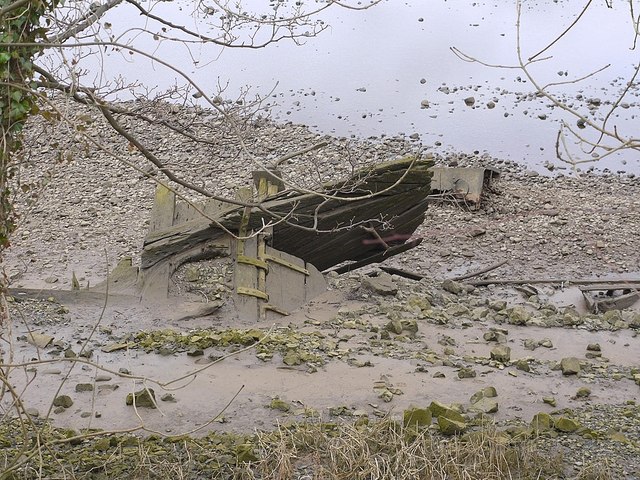
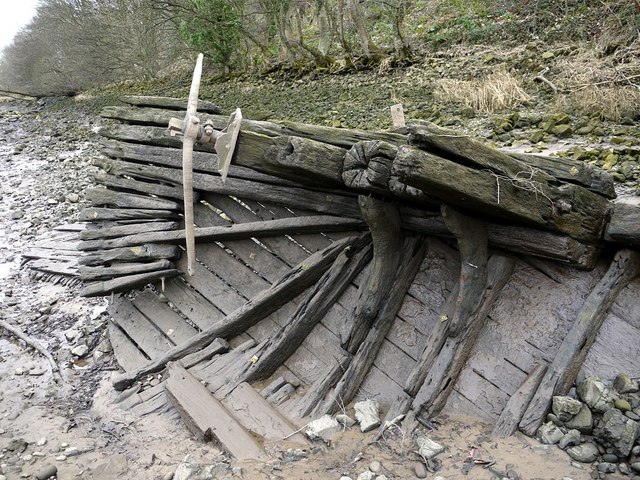
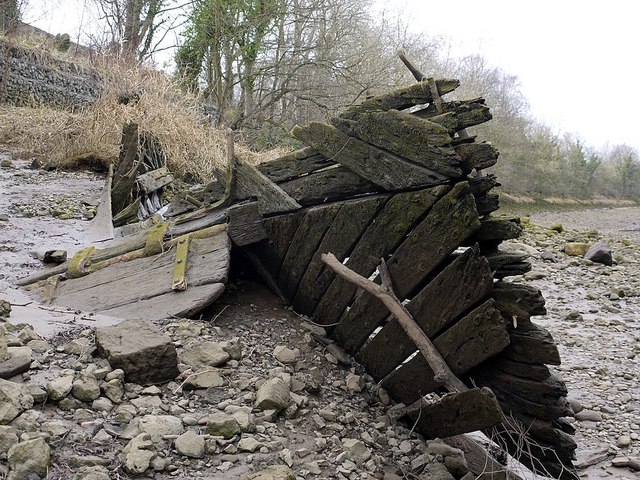
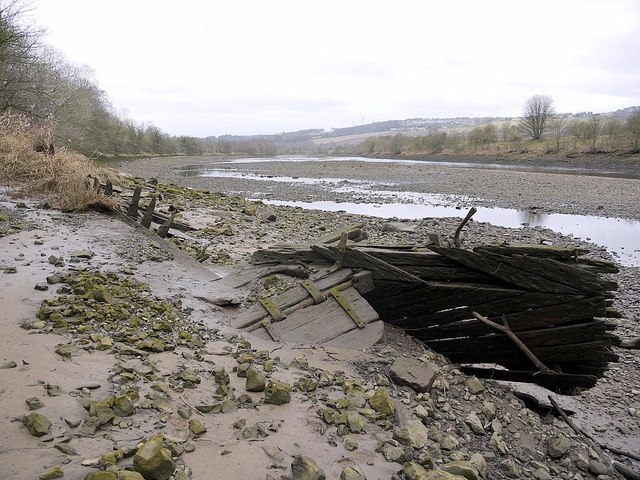
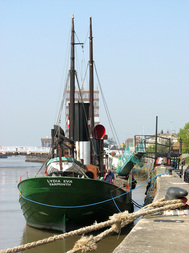
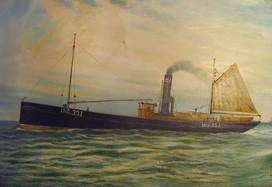
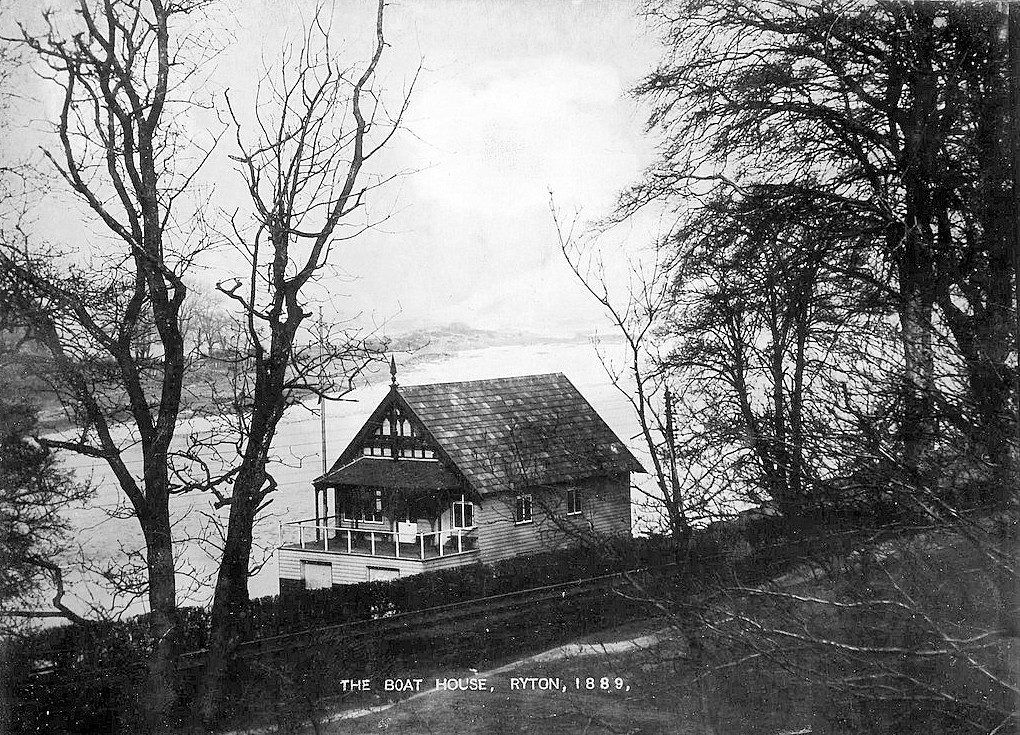
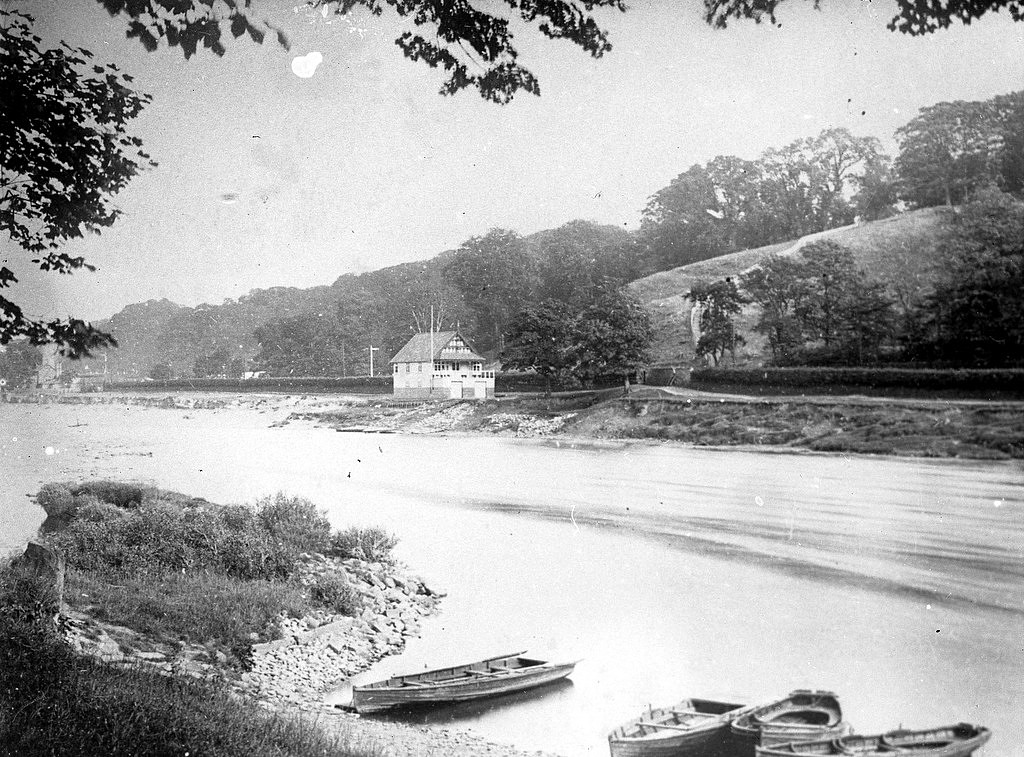
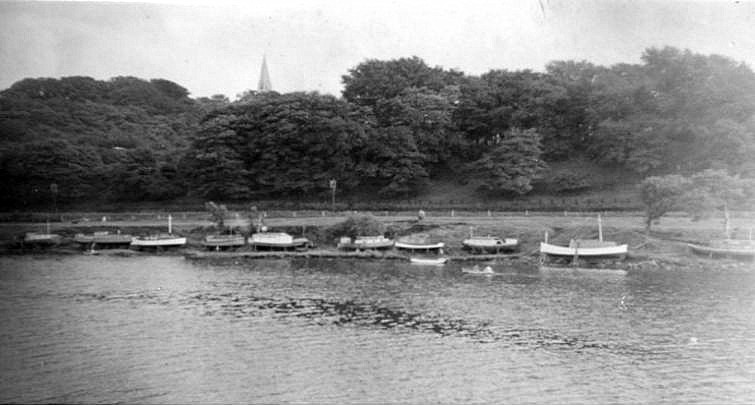
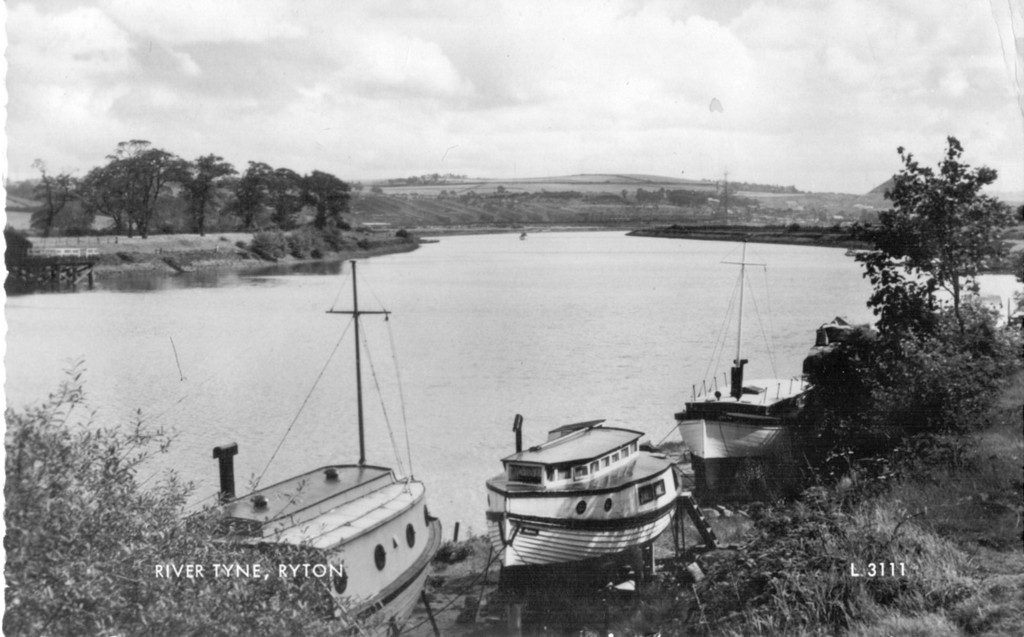
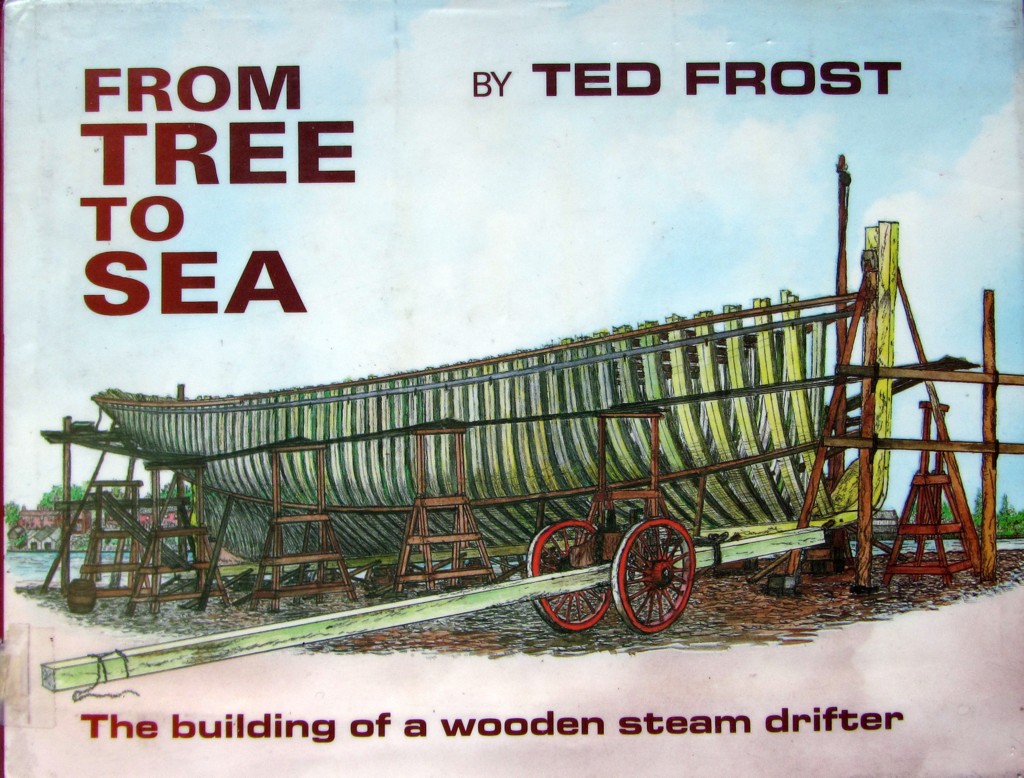
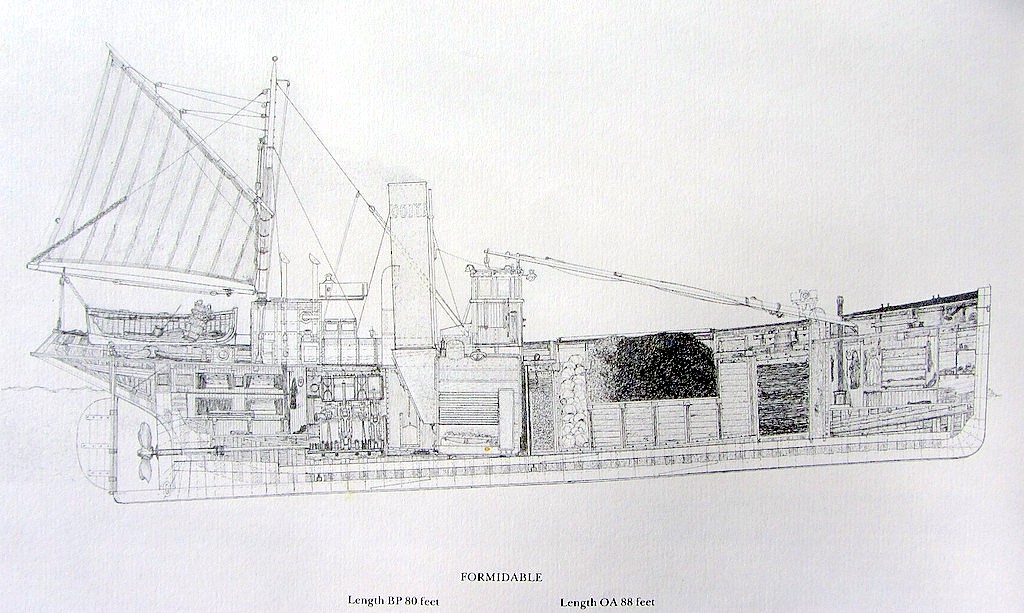
 RSS Feed
RSS Feed
